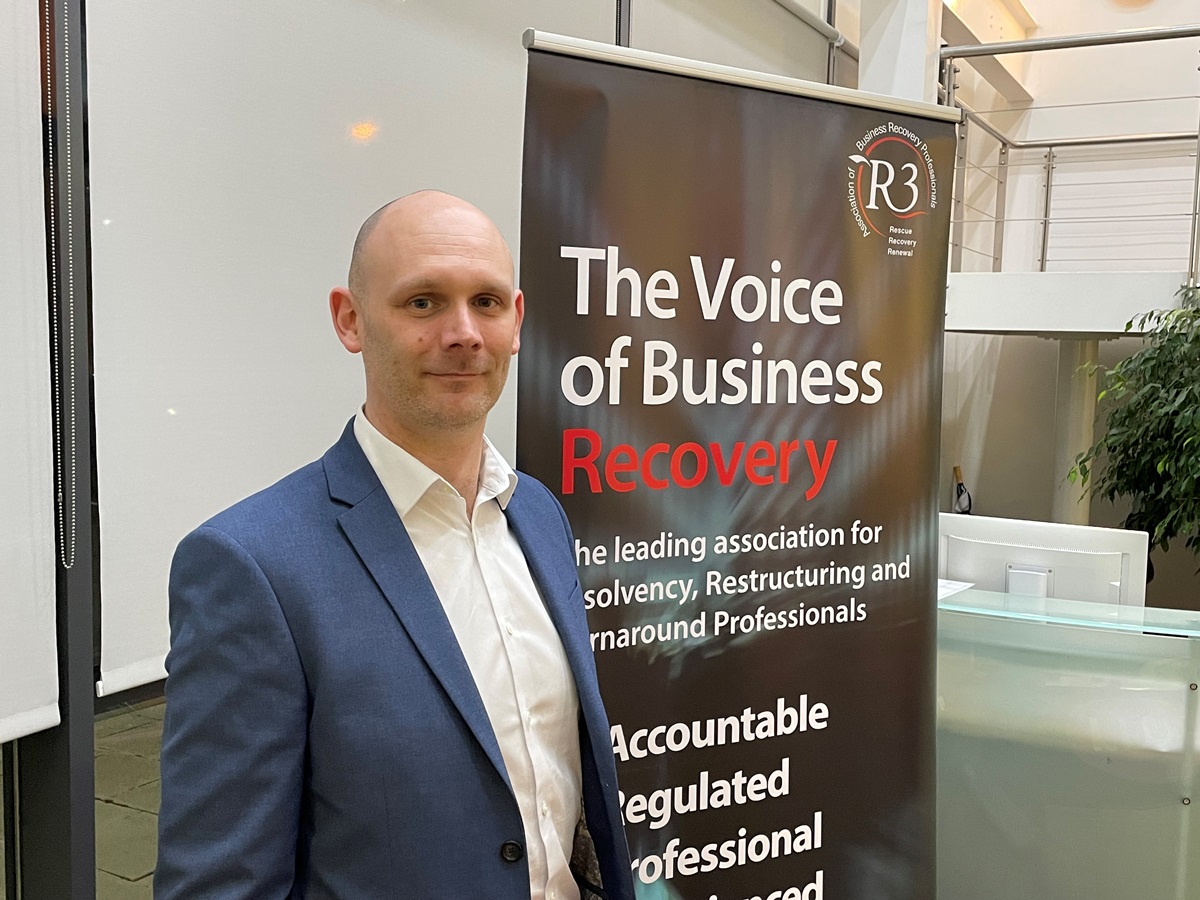A small quarter-on-quarter dip in the number of corporate insolvencies in the first three months of the year shouldn’t mask the significant financial and cashflow problems facing many North East business owners.
That’s the view of Chris Ferguson, North East chair of insolvency and restructuring trade body R3, who was speaking after the official insolvency figures revealed a 3.7% quarter-on-quarter fall in the number of corporate insolvencies across England and Wales between the final three months of last year (5,969) and the first three months of 2023 (5,747).
Despite this, the Insolvency Service statistics showed that the number of corporate insolvencies across England and Wales between January and March was the highest first quarter figure in more than a decade.
It is 17.7% higher than Q1 2022’s figure of 4,884, 142.7% higher than Q1 2021’s total of 2,368, and 36.9% higher than the 4,199 cases in Q1 2019, which are the last comparable pre-pandemic statistics.
The statistics also show that the number of firms being put into liquidation through Creditors’ Voluntary Liquidations (CVLs), a procedure initiated by directors of insolvent firms to close their companies, remain close to their highest level in more than six decades.
Chris Ferguson, who is head of recovery & insolvency at Gosforth-based RMT Accountants & Business Advisors, says: “A small dip in overall corporate insolvency levels doesn’t hide the fact that directors are still choosing to close their businesses and more creditors are actively pursuing unpaid debts than 12 months ago.
“Firms are still struggling as the trading climate remains challenging, and unless the economic picture improves, it’s unlikely numbers will drop in the near future.
“Despite the quarterly fall in numbers, Q1 2023’s corporate insolvency figures are the highest first quarter’s figures for more than a decade and the second-highest overall figures in the same period as firms find themselves caught between spiralling costs and increasing creditor pressure.
“Numbers of Creditors’ Voluntary Liquidations, which are the highest number we’ve seen for a first quarter in more than a decade, are the key driver of this, and reflect the fact that many directors are choosing to close their businesses now while the option is theirs to exercise.
“Compulsory Liquidation numbers are lower than three months ago, but are significantly up on this time last year as creditors make use of the change in winding-up petition legislation to pursue the debts they are owed.
“Alongside these issues, firms are operating in a world of rising costs and falling margins as consumers cut spending right back to the basics – and even then looking to save money wherever they can.”
The latest personal insolvencies statistics for England and Wales showed a small a quarter-on-quarter fall, from 29,534 cases in the final three months of last year down to 29,017 in the first quarter of 2023.
Chris Ferguson continues: “Money worries remain firmly front of mind for many at the moment, as the price of energy and food, and the current and future health of the economy continue cause concern, and this clearly has an impact on businesses in terms of the level of disposable income people have.
“In this climate, North East company directors need to stay vigilant and seek early advice should they have concerns about their business or its finances.
